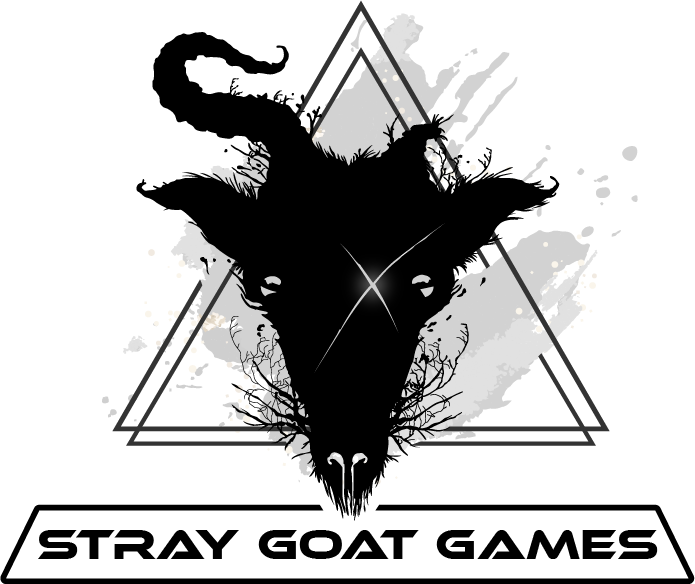Syringa Beast
Ash and Ruin Creature Feature
This is the second of a set of entries intended to reveal some of the world defining creatures of the world of Ash and Ruin. When designing a world for a game, fictional story, or your own deific ascension it’s important to consider how the existence of a creature or element might affect the world. The syringa beast explored here, though not particularly monstrous, has dramatically affected the way a common activity like hunting occurs. Check it out. More to come soon. In the meantime, face your own tribulations with The Crucible Edition.
When a syringa Beast encroaches on the civilized sanctuaries of the Protected Lands, it might be some time before the townsfolk know. It begins with the smell of lilacs on a swift breeze. Perhaps the glowing eyes or the clicking groans give scare in the silence of night. More often than not, these signs amount to blooming flora, wolves, or crickets. Sometimes, though, Folk might find a half eaten corpses lying in an open field with an all to pleasant smell about it. A syringa beast is on the prowl.
Syringa beasts are wolflike in size and shape, made distinct from their wolf kin by their wider head and lower hinds. Their faces appear locked in a hungry gape, revealing a wide mouth of small, sharp teeth. These loathsome creatures tend to keep to the forests anymore, but might also stalk the open plains of the Protected Lands in small packs or even terrorize border farmlands. While not so large or aggressive as some other local predators, what elevates the syringa beast from mere pest to fearsome creature is its musk, which can incapacitate a passerby in mere moments.
Syringa Musk
A smell of lilacs emits from the syringa beast that some might even call pleasant, were it not for the foreboding implications. This smell might be the last a syringa beast’s victims ever experiences. That’s because one whiff is enough to lull most into an instant, deep sleep. The victims of a syringa beast rarely even notice their killers beyond a brief wisp of flowery scent. The less fortunate awaken in horror, disemboweled, under the beast’s blood soaked maw.
Hunter Beaks
Hunters in the southern and central Protected Lands, where syringa Beasts are most common, often wear specialized masks that cover the mouth and nose. These protruding masks are stuffed with moist cloth that provides some protection from the syringa Beast’s musk. Over time, these masks were designed to look like hawk beaks, as the hawk is seen as a symbol of the hunter.
In recent years, apothecaries have also started wearing these masks during times of plague, as some believe that the plague is caused by bad air.
Ill Fated Omen
The scent of lilac, while cherished by Arahetians and often used in ceremony to represent perseverance, is considered a cursed and ill omen to Folk of the Protected Lands. Many meetings of good will between these clashing cultures have turned sour by a well meaning Arahetian’s lilac perfume.

